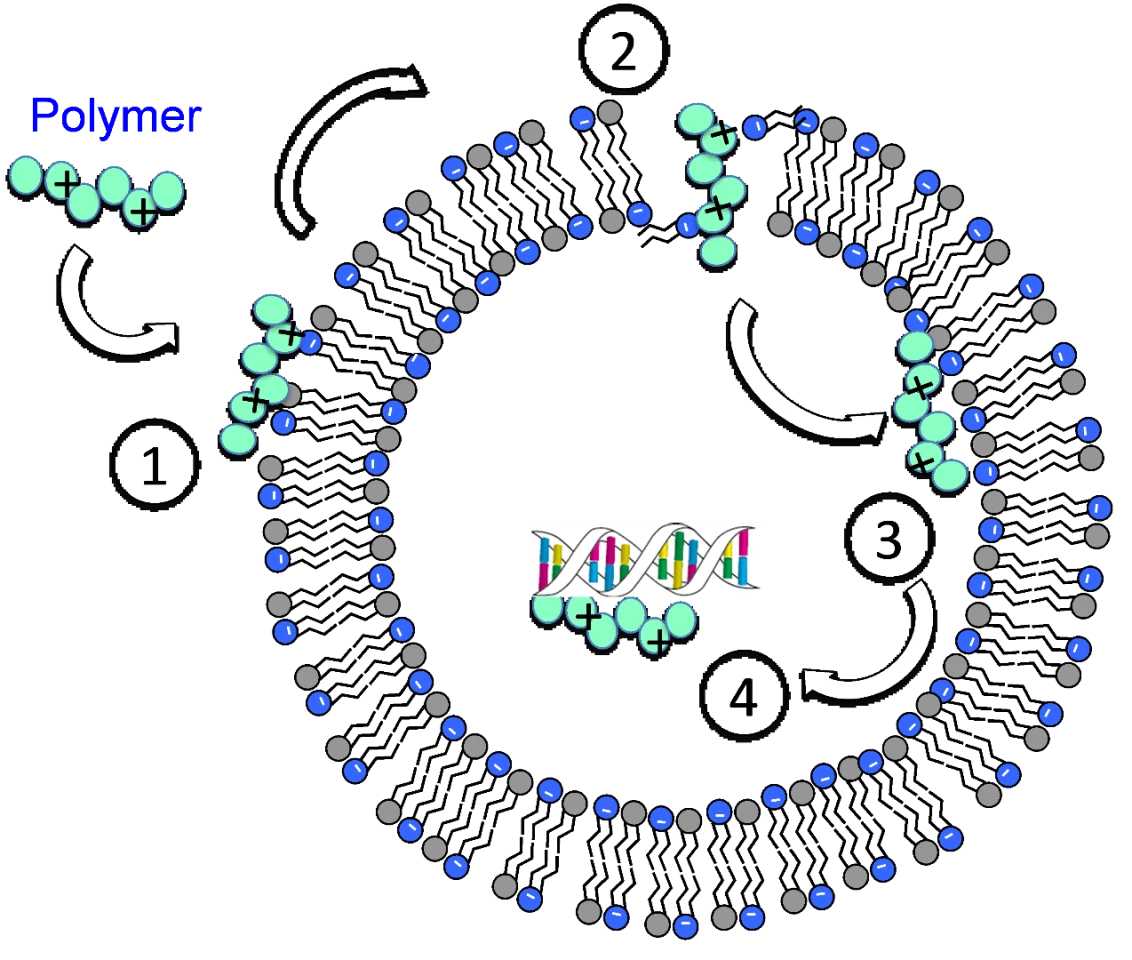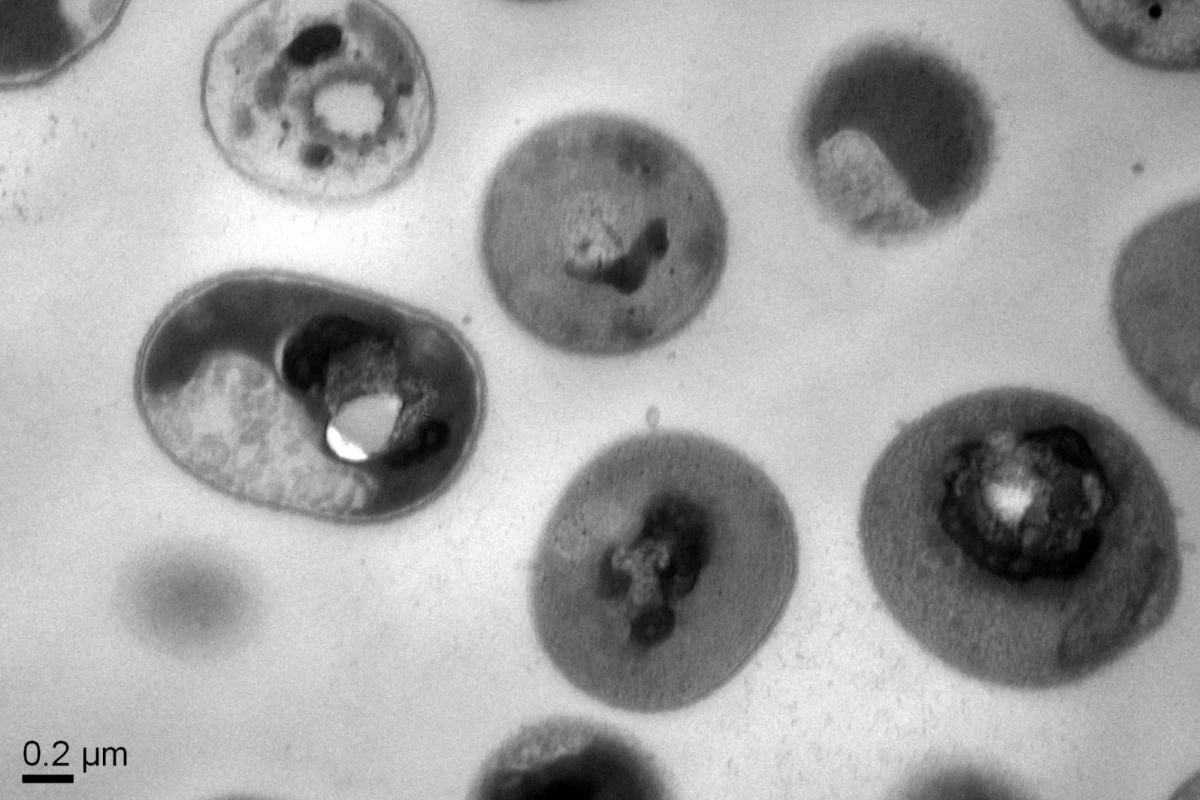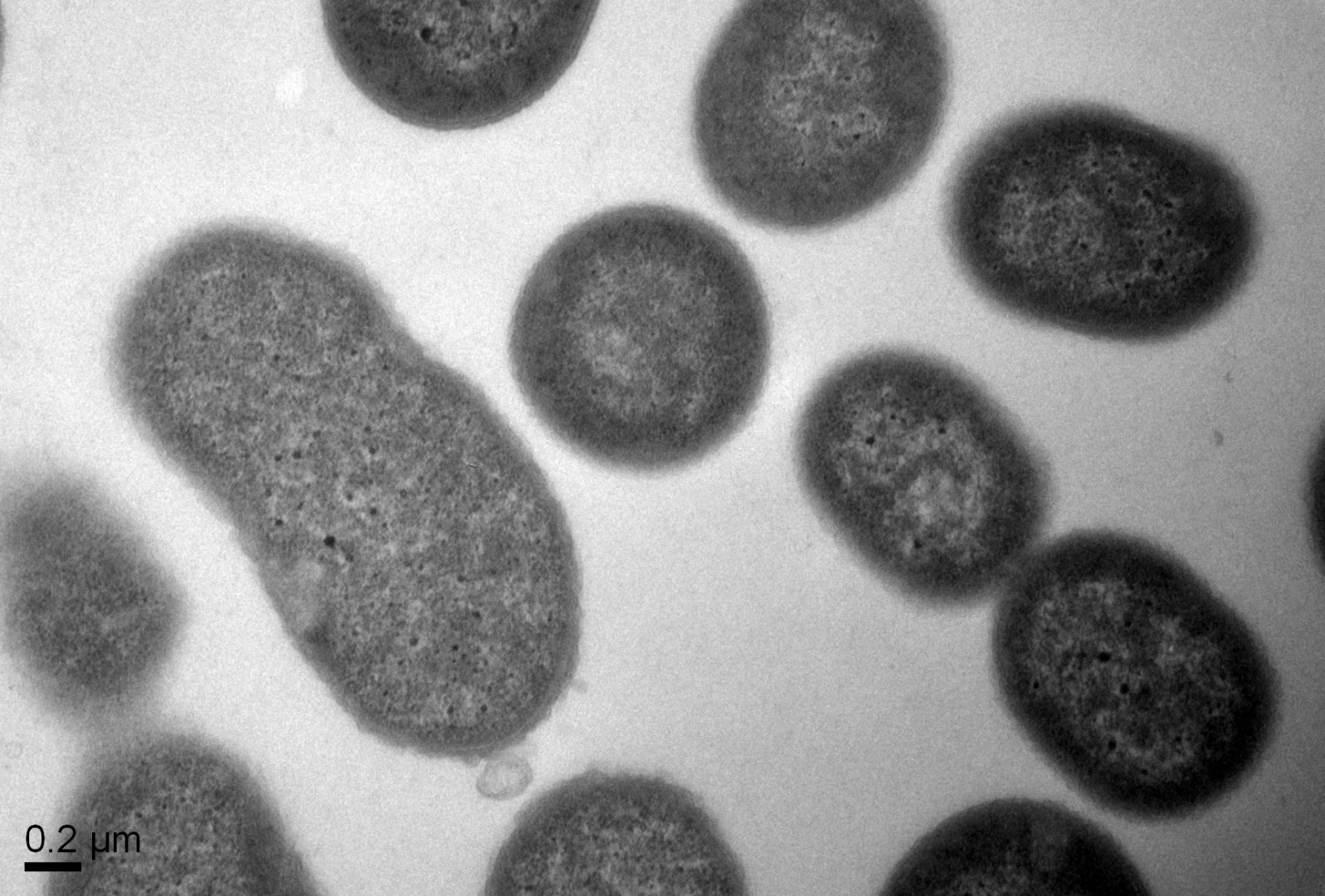A research team composed of scientists from the Institute of Bioengineering and Nanotechnology (IBN) of the Agency for Science, Technology and Research (A*STAR) and IBM Research has produced a new synthetic molecule that can target and kill five multidrug-resistant bacteria. This synthetic polymer was found to be non-toxic and could enable entirely new classes of therapeutics to address the growing problem of antibiotic-resistant superbugs.
The synthetic molecules are called guanidinium-functionalized polycarbonates and were found to be both biodegradable and non-toxic to human cells. Essentially, the positively-charged synthetic polymer enters a living body and binds specifically to certain bacteria cells by homing in on a microbial membrane's related negative charge. Once attached to the bacteria, the polymer crosses the cell membrane and triggers the solidification of proteins and DNA in the cell, killing the bacteria.
"We have demonstrated the first example of a biodegradable synthetic macromolecule with broad-spectrum antimicrobial activity in mice, unique killing mechanism and no toxicity," says Yi Yan Yang, one of the authors on the study. "Once the polymer finishes its job of killing the bacteria, it will be naturally degraded after three days and will not remain in the body. This antimicrobial agent shows great promise for the treatment and prevention of multidrug-resistant systemic infections."

In mouse experiments the molecules were successful in eradicating five commonly known superbugs found in hospitals around the world. The process showed no notable signs of toxicity in the mice and following multiple treatments the bacteria displayed no signs of developing a resistance to the polymers.
Researchers at IBM have been working for several years to develop synthetic polymers that have a variety of medical uses. Back in 2012, a research team stumbled across what they then called "ninja polymers." The revelation that these synthetic molecules could target and kill bacteria led to an exciting series of discoveries the team calls "macromolecular therapeutics."
"In 2016, we demonstrated the efficacy of synthetic polymers to combat deadly viral diseases," explains James Hedrick, from IBM Research. "The current research for treating bacterial infections rounds out our ability to someday treat a spectrum of infectious diseases with a single, new type of mechanism without the onset of resistance."
The next phase of the research is to work to develop the technology into a specific antimicrobial treatment that can be clinically tested in humans and hopefully become a new way to treat infections in the body.
The study was published in the journal Nature Communications.






